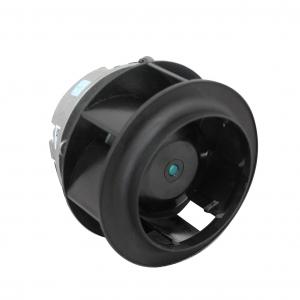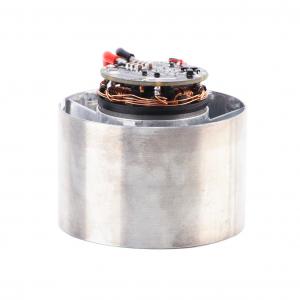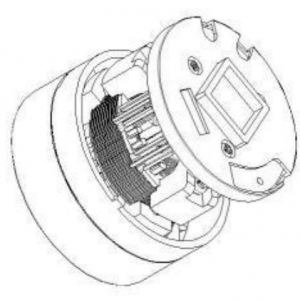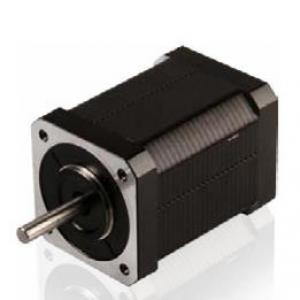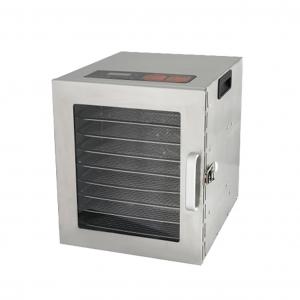The Ultimate Guide to Brushless DC Motors
What is a BLDC Motor? The Ultimate Guide to Brushless DC Motors
BLDC motor, or Brushless DC motor, is a type of electric motor that offers high efficiency, long lifespan, and low maintenance. Unlike traditional brushed motors, the BLDC motor operates without brushes, using electronic commutation to control motor speed and torque. This design makes it ideal for modern electric motor applications across automotive, industrial, and consumer sectors.
Why Choose a BLDC Motor?
Choosing a BLDC motor means choosing performance, precision, and durability. Here are key BLDC motor advantages:
-
High Efficiency: Up to 90% or more, reducing energy consumption.
-
Long Lifespan: No brushes = less wear and tear.
-
Low Noise Operation: Perfect for quiet environments.
-
Precise Speed Control: Ideal for automation and robotics.
-
Compact Design: High power density in a small footprint.
If you're searching for "high efficiency motor for electric vehicles" or "low noise brushless DC motor for HVAC systems", the BLDC motor is your answer.
How Does a Brushless DC Motor Work?
A brushless DC motor uses permanent magnets on the rotor and three-phase stator windings. A BLDC motor controller sends current through the windings in a controlled sequence, based on feedback from position sensors (like Hall effect sensors). This eliminates the need for brushes and allows for smoother, more efficient rotation.
Key components include:
-
Rotor (with permanent magnets)
-
Stator (with copper windings)
-
Electronic controller (ESC or driver)
-
Position sensors (optional for sensorless control)
Common Applications of BLDC Motors
BLDC motors are used in a wide variety of industries:
-
Electric Vehicles (EVs) – Efficient drive and auxiliary systems
-
Drones & UAVs – Lightweight, high-speed motors
-
Home Appliances – Quiet motors in AC units, washing machines, and vacuums
-
Industrial Equipment – CNC machines, conveyors, and servo mechanisms
-
Robotics – Compact and responsive motors for joint and wheel motion
Looking for “best BLDC motor for drone” or “compact brushless motor for robot”? These motors dominate those categories.
How to Choose the Right BLDC Motor?
When selecting a BLDC motor, consider:
-
Voltage and current ratings
-
Required torque and RPM
-
Rotor type (inner vs. outer rotor)
-
Type of controller (sensor or sensorless)
-
Application-specific requirements (e.g., waterproofing, compactness)
Pairing your motor with a reliable brushless motor controller ensures optimal performance and system safety.
The Future of High Efficiency Motors
As sustainability and smart tech become top priorities, the BLDC motor stands out as a key component in eco-friendly engineering. With continuous innovation in magnet materials, digital controllers, and motor architecture, brushless DC motors are expected to lead the way in electric mobility, automation, and renewable energy systems.
Key SEO Keywords Embedded:
-
BLDC motor
-
Brushless DC motor
-
High efficiency motor
-
Electric motor applications
-
BLDC motor advantages
-
BLDC motor controller
-
Compact brushless motor
-
Low noise motor
-
Best motor for robotics
-
Brushless motor for drones
Final Thoughts
Whether you're building an electric vehicle, designing a robotic system, or upgrading to energy-efficient appliances, the BLDC motor offers unmatched performance, control, and reliability. It's the future of electric motion—cleaner, smarter, and more efficient.
Need help choosing the right BLDC motor? Contact us today for expert consultation and motor matching services.
